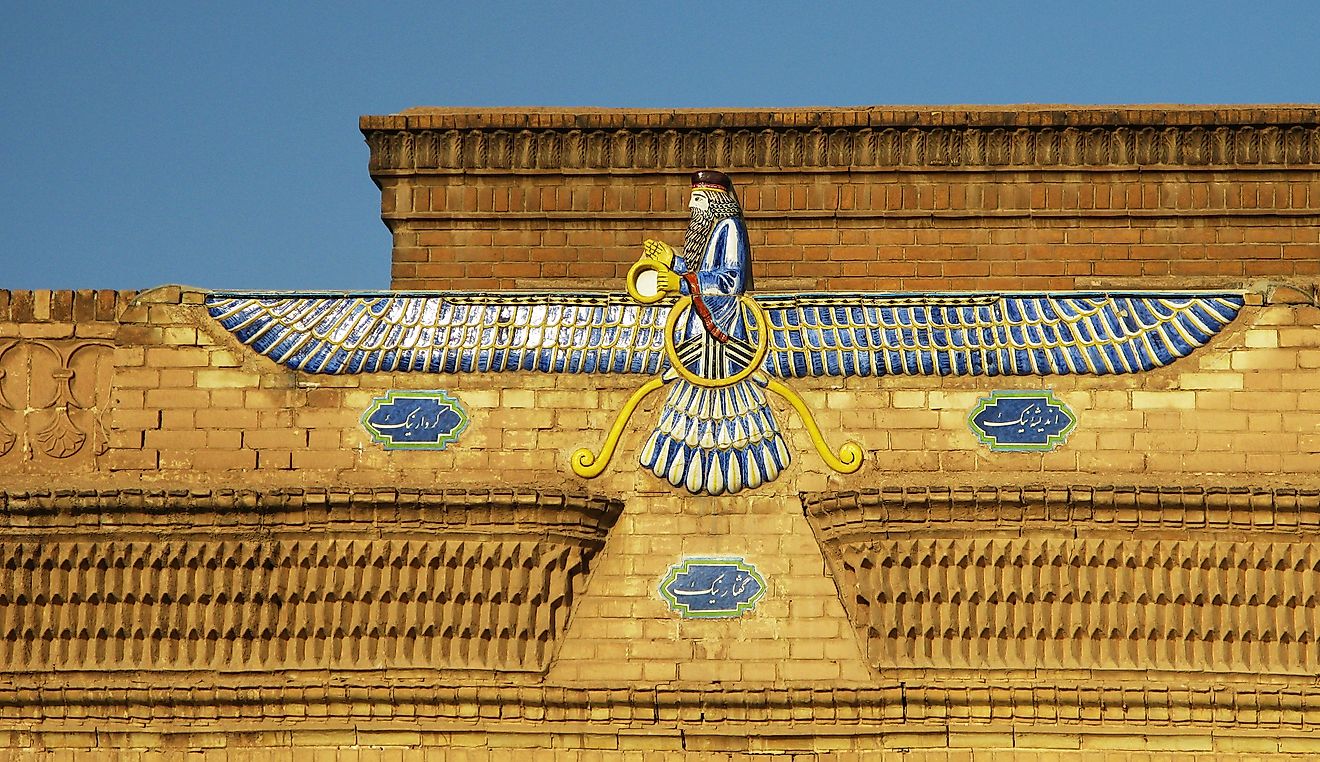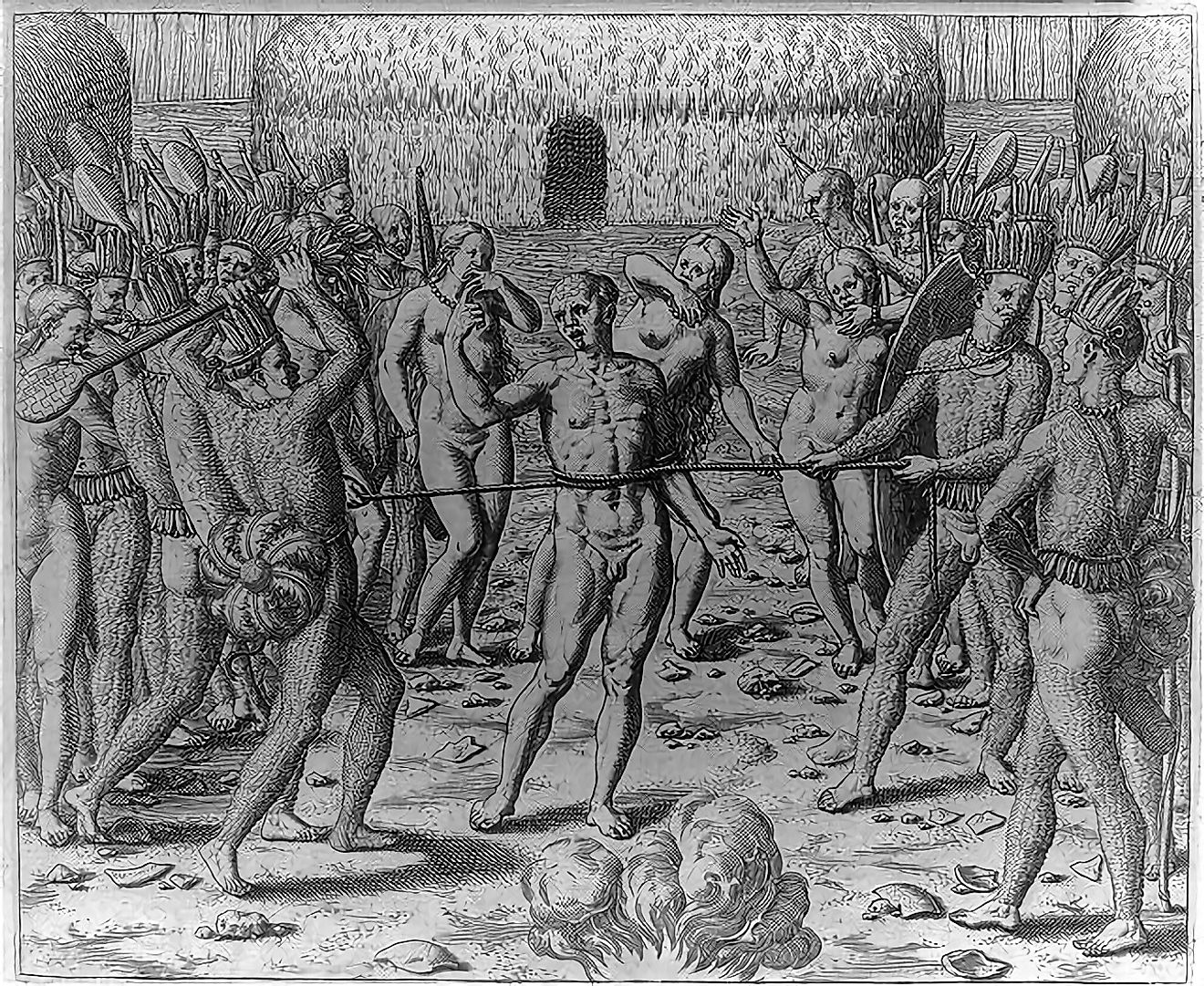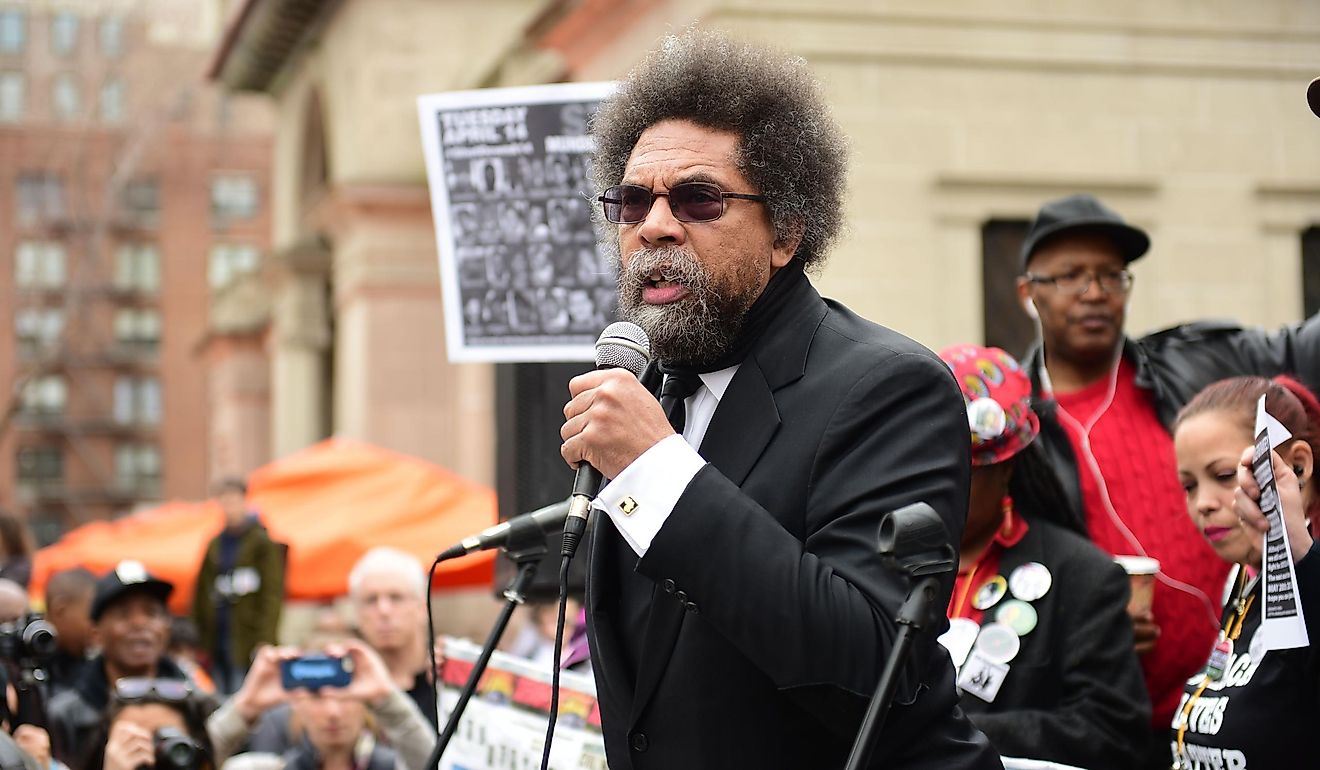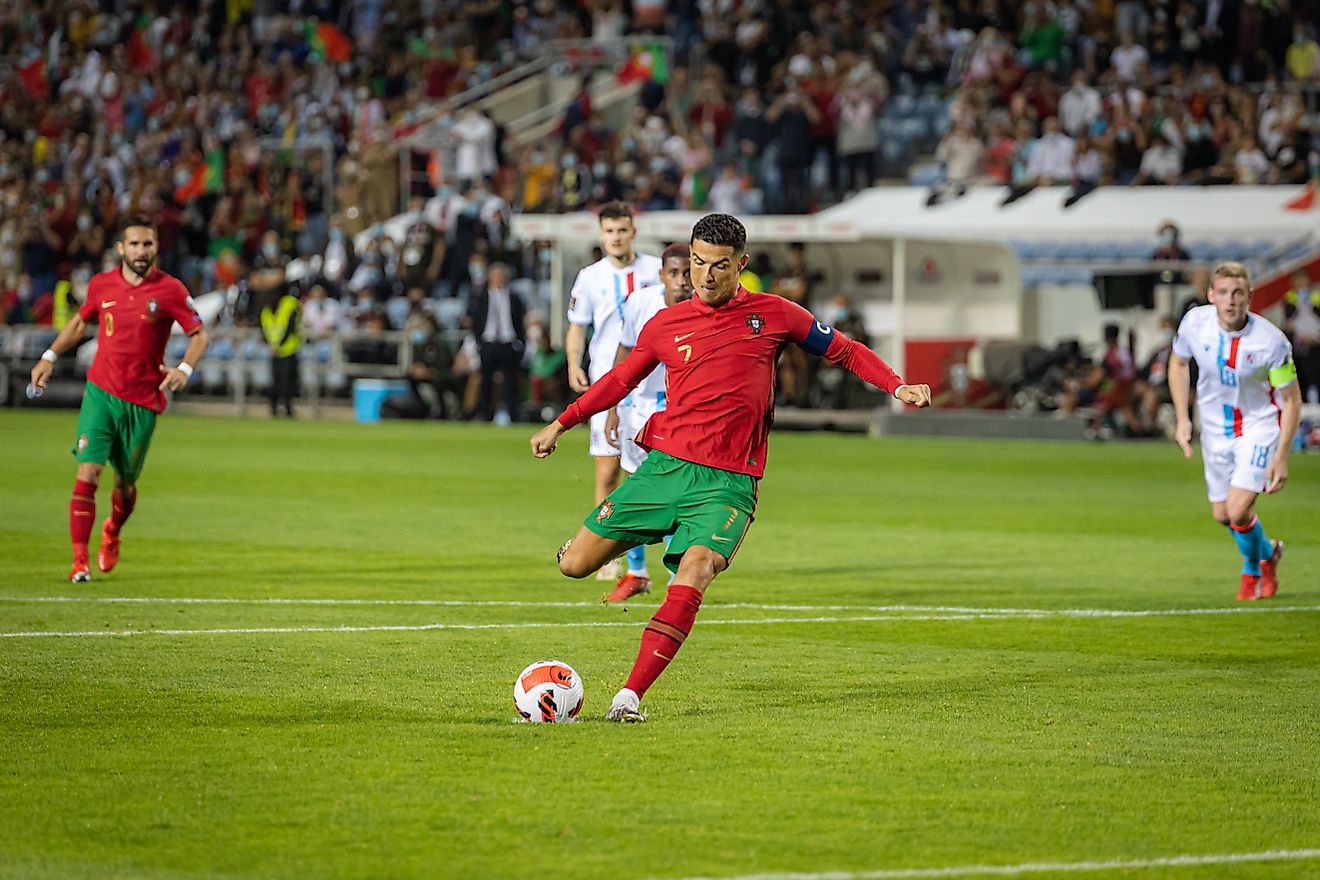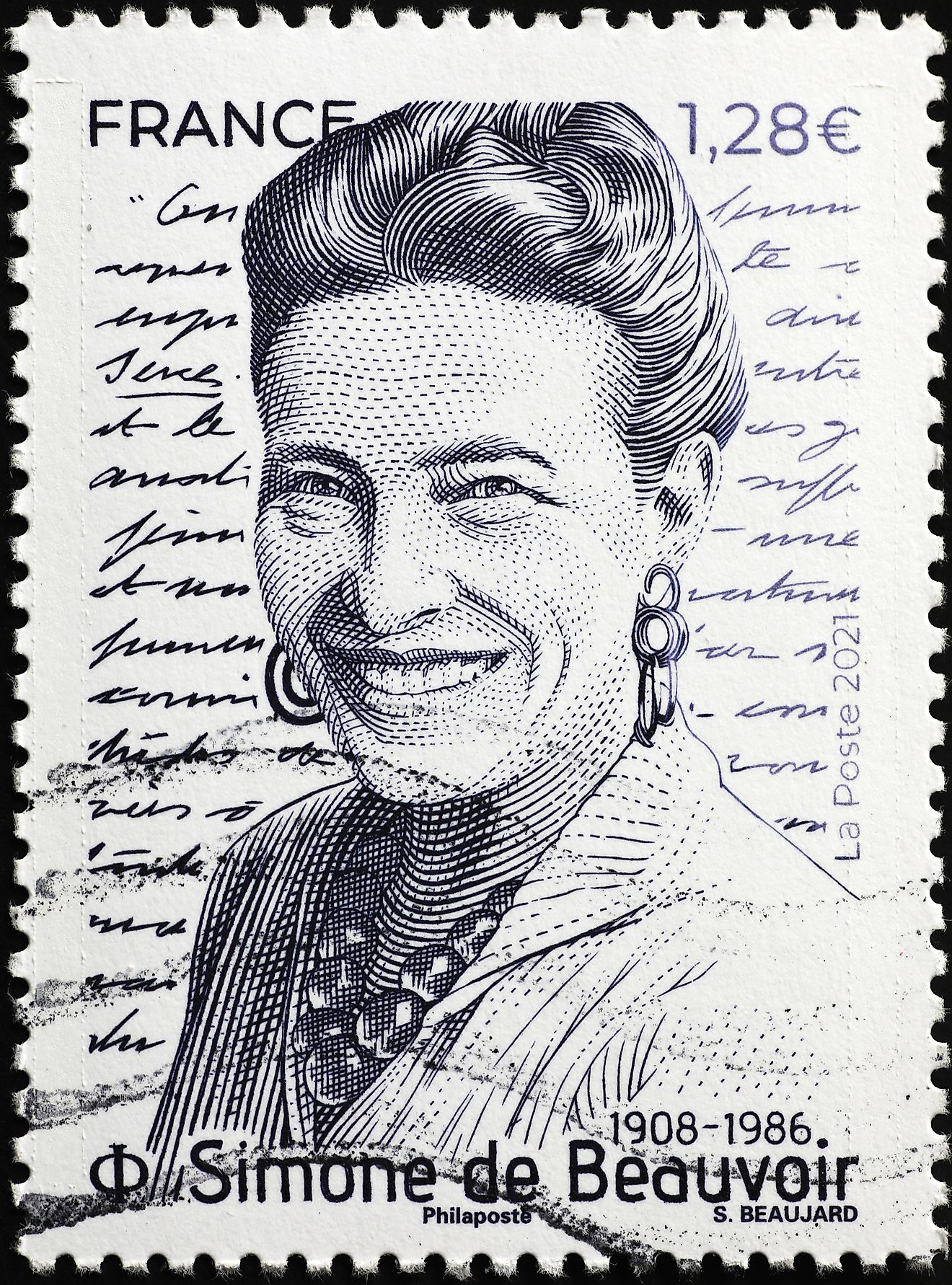What Languages Are Spoken in Russia?
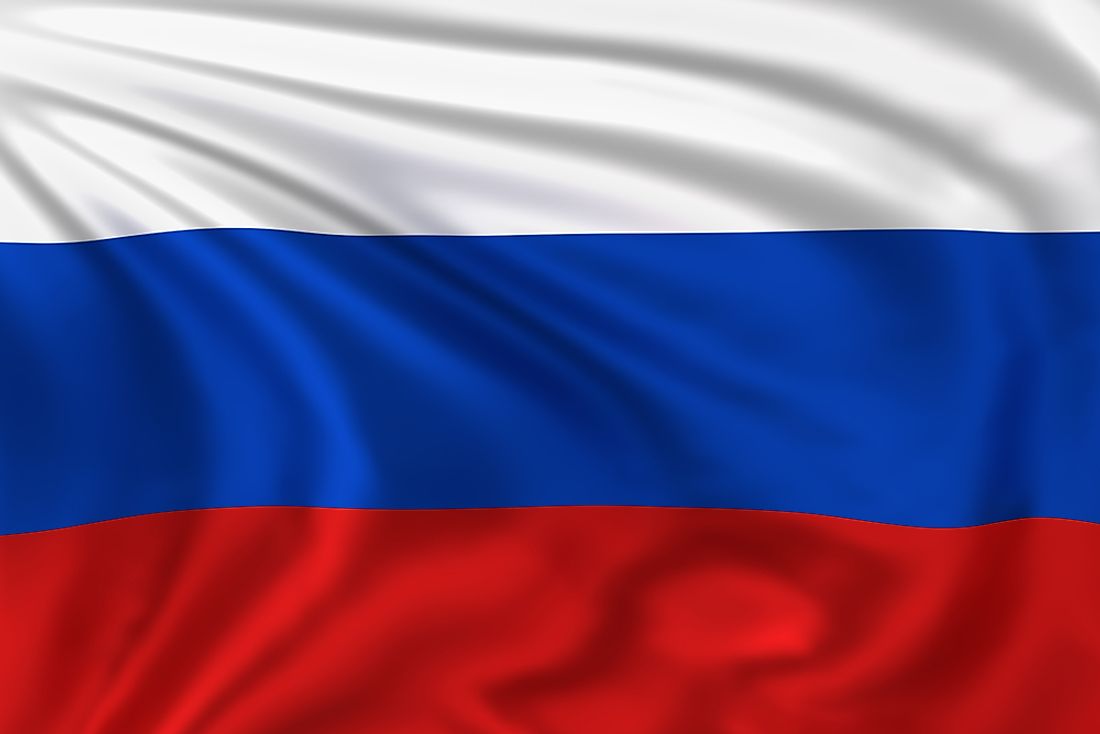
Russia is home to diverse cultures, which are manifested in the high number of different languages used all over the country. The Russian language is the most popular in the country, with about 260 million speakers and is legally recognized as the country’s official language at the national. There are other 35 languages which are used as official languages in different regions of Russia. The country is also home to about 100 other minority languages.
Russian Language: National Language of Russia
Russian is the language enshrined in the Constitution of Russia as the nation’s national language. Russian is also one of the most widespread languages in the world, with speakers in Russia, Ukraine, Kazakhstan, Kyrgyzstan, Ukraine, Latvia, Moldova, Estonia, Georgia Tajikistan, Lithuania, Azerbaijan, Uzbekistan, and Belarus. The Russian language is also used as an official language in the United Nations, and also a primary language used by internet users around the world. The Russian language in its written form uses its distinct alphabet with additional consonants and vowels, which are based on the Cyrillic script. The global population of Russian native speakers is estimated to be 260 million people, with the majority residing in the former Russian Federation. The Russian language is classified as an Indo-European language and is one of the four East Slavic languages.
Russian Language: Dialects
The Russian language spoken all over the country has not changed much, and is quite similar as it has been used for hundreds of years in the country. However, despite its rather homogenous nature, the language does have several dialects which are geographically defined. The most fundamental dichotomy of the language is in two distinct dialects, Northern and Southern, with the nation’s capital Moscow being the linguistic divide between the two. The Northern dialect is predominantly used along the Volga River. The Northern dialect is further subdivided into five other smaller sub-dialects which include the Vladimir dialect, Vlatka dialect, Novgorod dialect, Olonets dialect, and the Arkhangelsk dialect. A common characteristic found in the Northern dialects is that the unstressed syllables do not have typical vowel reduction. The Southern dialect is predominantly used in the Northern Caucasus, the lower regions of the Volga and Don, southern Siberia, and the south of Ural. The Southern dialect is comprised of four smaller sub-dialects which include the Smolensk dialect, Ryazan dialect, Tula dialect, as well as the Orel dialect. There are other lesser dialects which exist outside the two principal dialects, and these are the Sloboda dialect and the Steppe dialect.
Russian Language: Standardized Language
While the language exists in various dialects, the commonly used dialect is the standardized dialect used in the capital, Moscow. Some linguists categorize the Moscow dialect as the Central Russian dialect, as the region where it is predominantly used is located between the regions of the Northern dialect and the Southern dialect, and therefore is seen as a transition between the two major dialects. The Moscow dialect was originally used by affluent members of society and the urban population in Moscow until the 20th century, when the government encouraged the nationwide use of the dialect. The standardized dialect of the language is incorporated into the Russian national education curriculum and is the dialect taught to foreigners as a second language. The official use of the standardized dialect of the Russian language is regulated by the Russian Language Institute, which is based in the Russian Academy of Sciences, a government institution.
Russian Language: Braille
Locally known as “Braille Script,” Russian Braille is a version of the standardized Russian language used nationwide in the country. Russian Braille uses the language’s alphabets which are based on Cyrillic characters. Russian Braille also includes numbers and other arithmetic symbols.
Other Official Languages Of Russia
Besides Russian, there are other numerous languages which have been adopted as the official languages in Russia. These languages include; Ossetic, Ukrainian, Buryat, Kalmyk, Chechen, Ingush, Abaza, Adyghe, Cherkess, Kabardian, Altai, Bashkir, Chuvash, Crimean Tatar, Karachay-Balkar, Khakas, Nogai, Tatar, Tuvan, Yakut, Erzya, Komi, Hill Mari, Meadow Mari, Moksha, and Udmurt. These languages have thousands of native speakers who make up a significant percentage of the total Russian population. The Adyghe language, also known as West Circassian, is an example as it has more than 128,000 native speakers in Russia and is the official language in the Republic of Adygea, although there are also other speakers of the language in other countries. The Abaza language is another example, and has over 35,000 native speakers in Russia and is officially recognized as the official language in the Karachay-Cherkessia Constituency. In the Republic of Bashkortostan, the Bashkir language is used as the official language, and this language has 1.2 million speakers nationally. The Buryat language is the Buryat Republic’s official language and has over 265,000 native speakers all over the country. Chuvash language is the official language in the Chuvashia Republic, where it has about 1.1 million native speakers. Chechen language is one of the biggest languages besides Russian in the country, as it has over 1.4 million native speakers in Russia. The language is used as the official language of the Republic of Chechnya. Like many Russian languages, the Chechen language features Cyrillic and Latin alphabets in its written format. The Ossetian language is an Eastern Iranian language adopted as the North Ossetia- Alania region and its number of native speakers is estimated to be about 570,000 people around the country.
Endangered Languages Of Russia
The Kalmyk language is legally recognized as the official language of Kalmykia and has about 80,000 native speakers in the republic. However, Kalmyk is in danger of extinction, and UNESCO labels the language as “definitely endangered.” Other languages that are in danger of extinction include Northern and Southern Yukaghir, Ter Sami, Udege, Enets, Orok, Seto, Ket, Ingrian, Chulym, Ludian, Chukchi, Veps, and Tofalar.
Some languages have already been declared extinct in Russia, but might have small populations of native speakers in other countries in the world. Such languages include Ainu, Yugh, and Kerek.
Foreign Languages Spoken in Russia
Russia is home to thousands of expatriates who might have verbal and written knowledge of the nation’s national language, but also use their native languages while communicating. The most dominant foreign languages in Russia include English, German, French, Turkish, and Ukrainian. The use of these foreign languages is usually restricted to the major cities of Russia.


